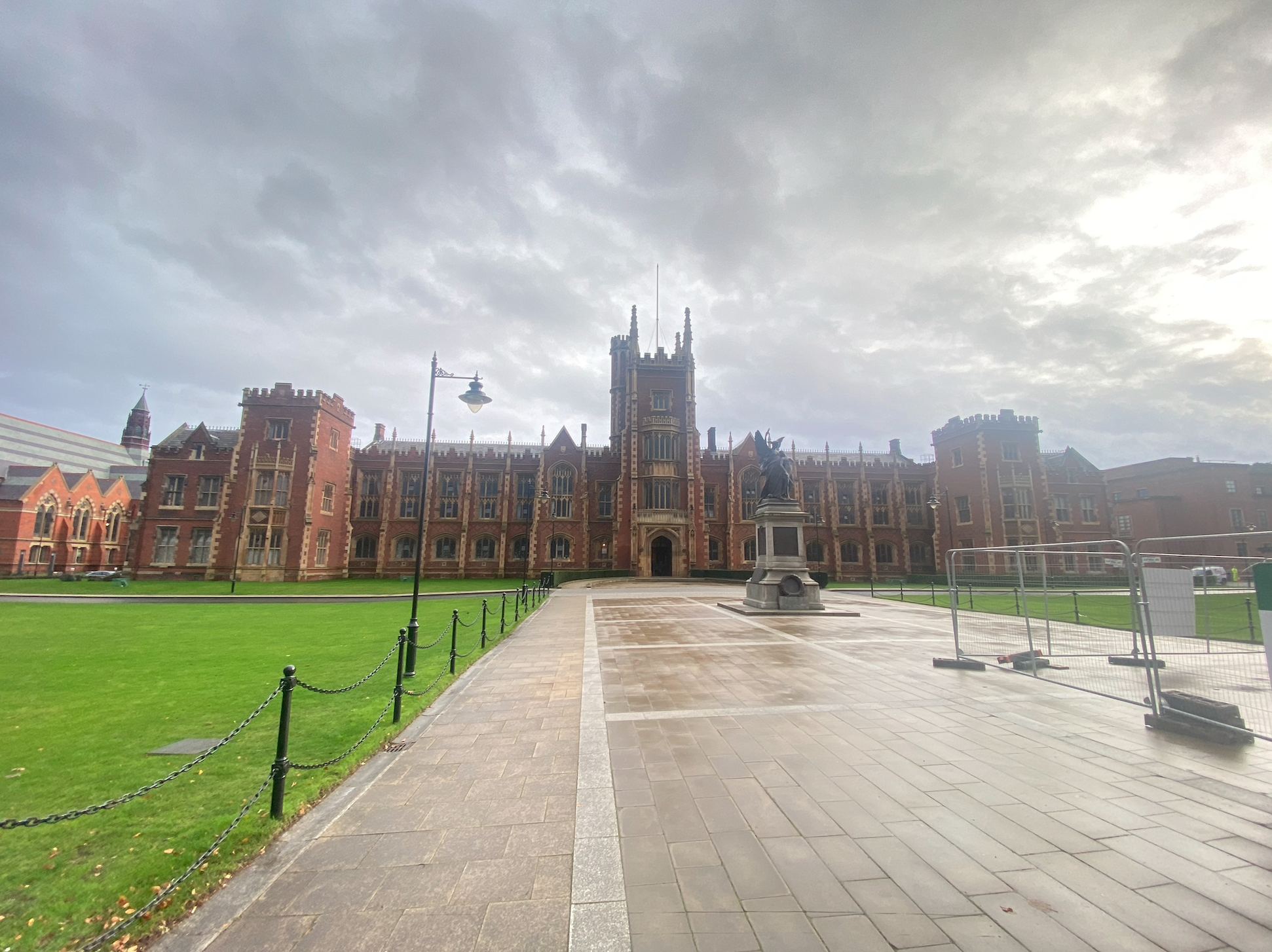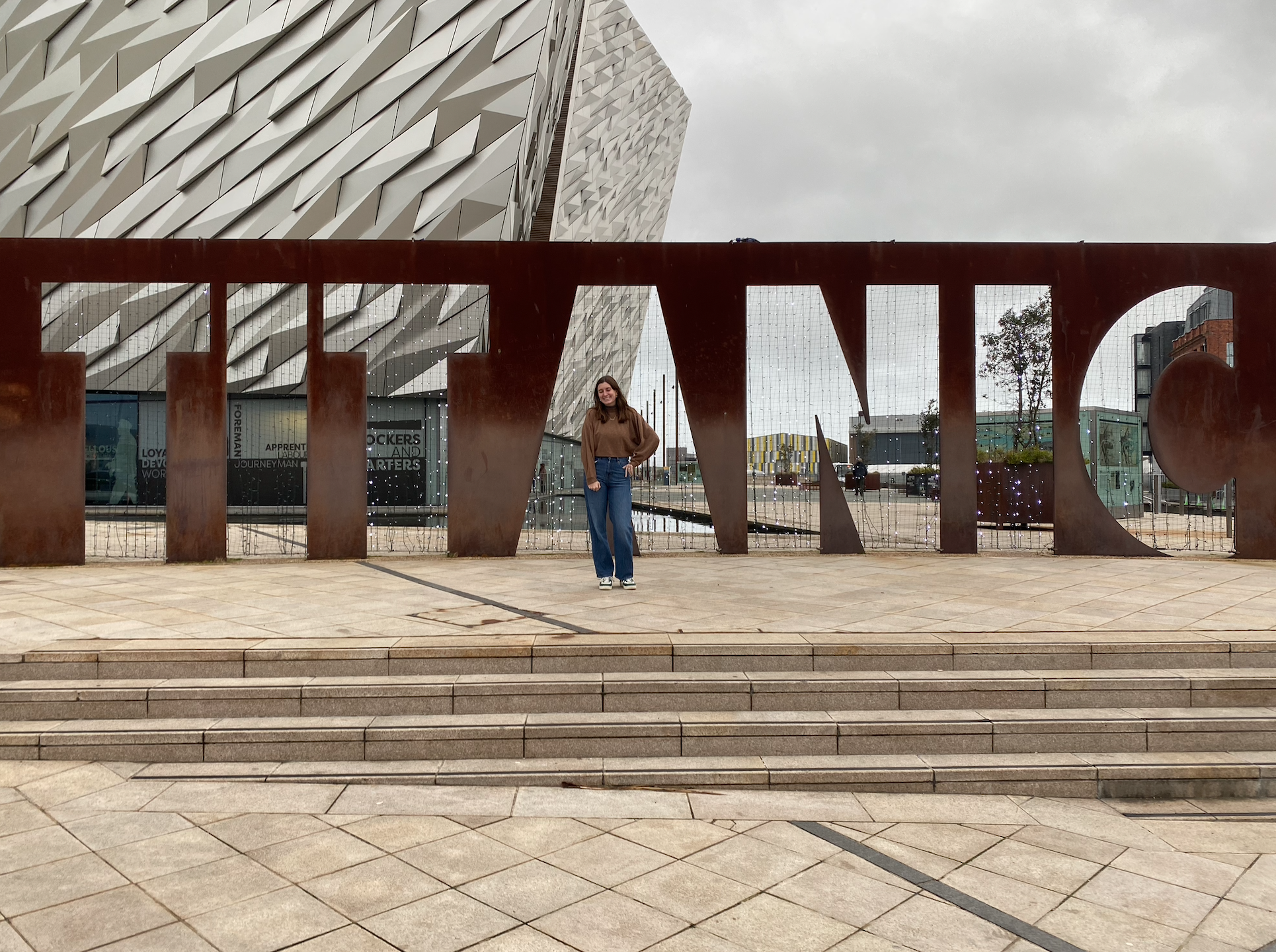
When I told family and friends I was planning on studying in Ireland most people were thrilled. However, some were a bit wary, they warned me against the violence that has historically been prevalent. What they did not understand is that I was studying in Dublin, in the Republic of Ireland, not in the north where this violence was concentrated. However, this past weekend I did visit this area of Ireland and was very shocked by how visible the tension was in the area.
Not to bore anyone with a history lesson but in order to understand what I meant by tension a brief history of Northern Ireland is essential. When the Irish free state was established in 1922 there was one catch where six of the nine counties in the north of Ireland stayed with Great Britain and was officially titled Northern Ireland. These areas were chosen to stay with GB because they were the home of the protestant planters sent over from Britain hundreds of years earlier. This group of protestants never quite assimilated into mainstream Irish society, but instead maintained their very distinct British identity. Because of this there has always been tension between the two communities in the north, the Irish and the British. When the free state was created and the north was officially kept part of Great Britain this tension became even more pronounced. Ultimately this led to a Guerilla war between the Irish Republican Army and the Unionist Army. Each group fighting one another with car bombs, random shootings, and other incredibly unpleasant things ultimately leading a need for peace. The peace agreement also known as the Good Friday Agreement created a joint government between the two main political parties, one representing the Irish and one the British.
Although very brief, that history should help to explain a bit of the tension that exists in the north of Ireland. While there is technically a peace agreement in the very brief time I was there, it is clear that the peace does not percolate into the ordinary citizens. While there is no longer outright violence among the groups, the two are incredibly separate. What is known as the peace wall separates the two sides of Belfast, one of the largest cities in the North. One side belongs to the Protestants and the Catholics. There are also memorials and signage that are very politically charged all over the city. While I did not feel unsafe during my trip up north I could definitely feel this historical rigidness, it was malleable.
Despite this tension I had a great time visiting Queens University, the Titanic Museum and the Belfast Christmas Market. I would highly recommend a visit to the north especially at this magical time of year

